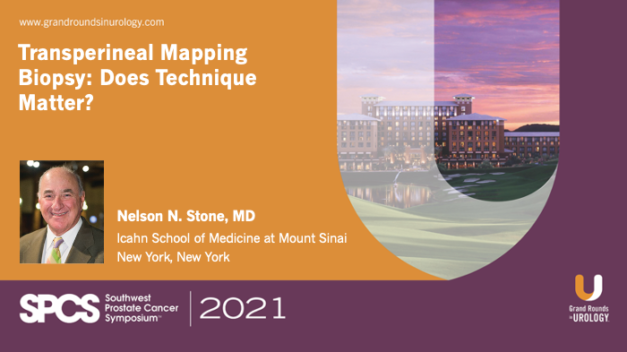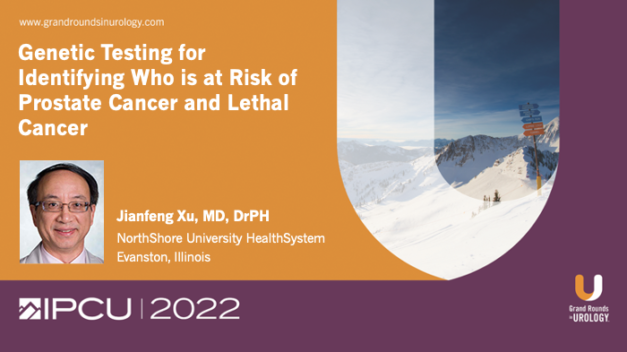Transperineal Mapping Biopsy: Does Technique Matter?
Nelson N. Stone, MD, Professor of Urology, Radiation Oncology, and Oncological Sciences at the Icahn School of Medicine at Mount Sinai and at the Derald H. Ruttenberg Cancer Center at Mount Sinai School of Medicine in New York, discusses transperineal mapping biopsy (TPMB). He explains that treating a single quadrant as identified by MRI may leave unidentified clinically-significant prostate cancer behind. For focal therapy, Dr. Stone advocates for what he calls a unified approach using TPMB, which can be done under local anesthesia.
Read More




